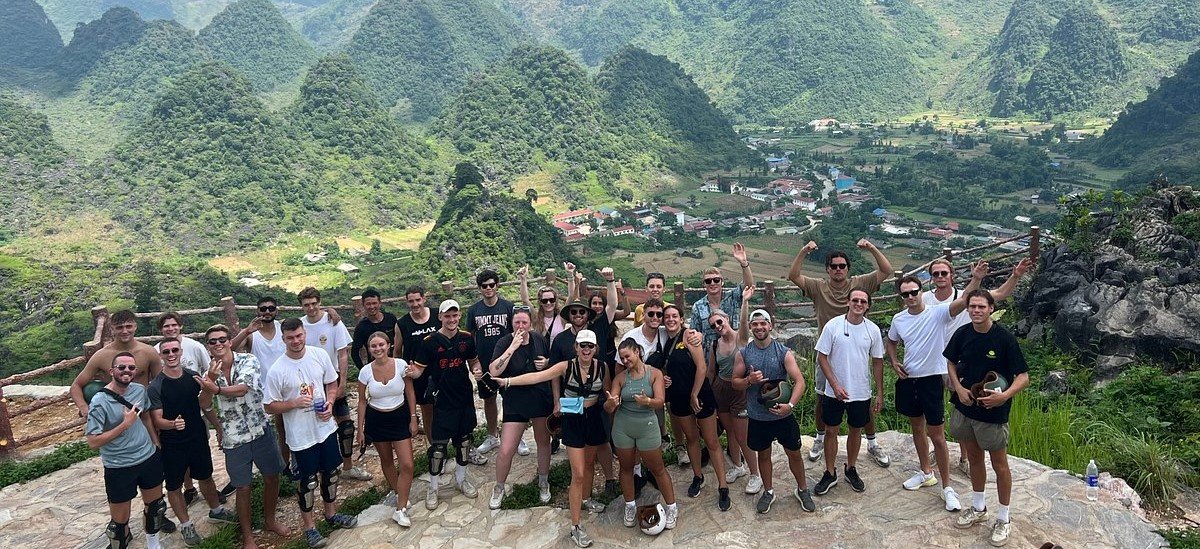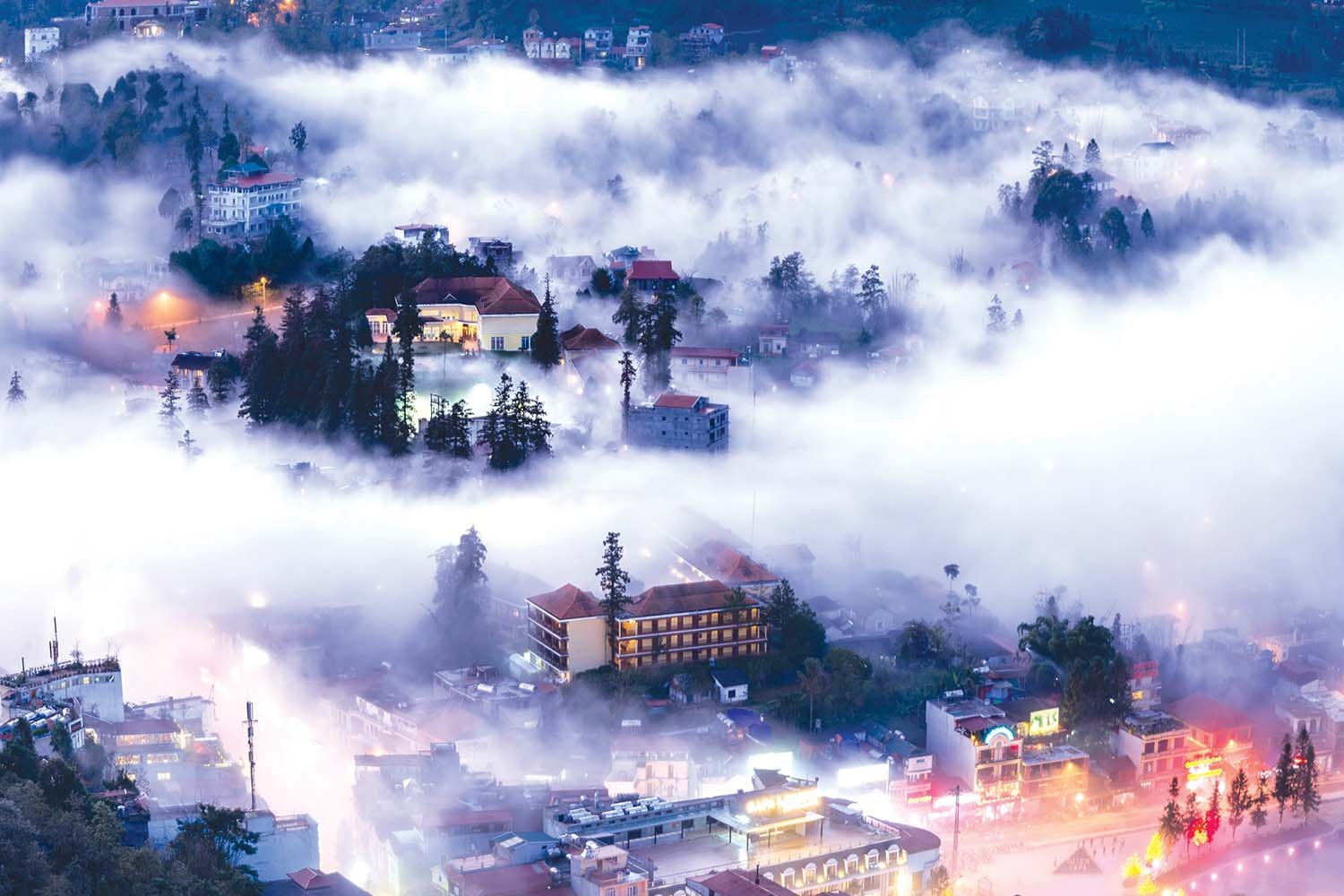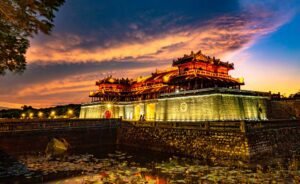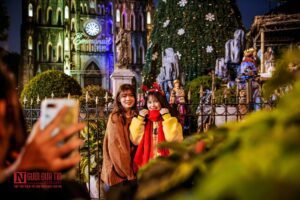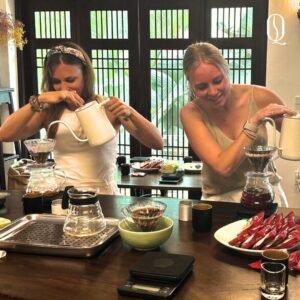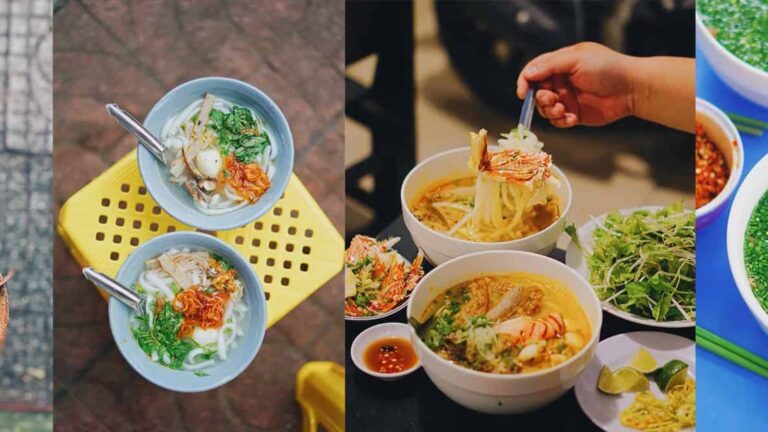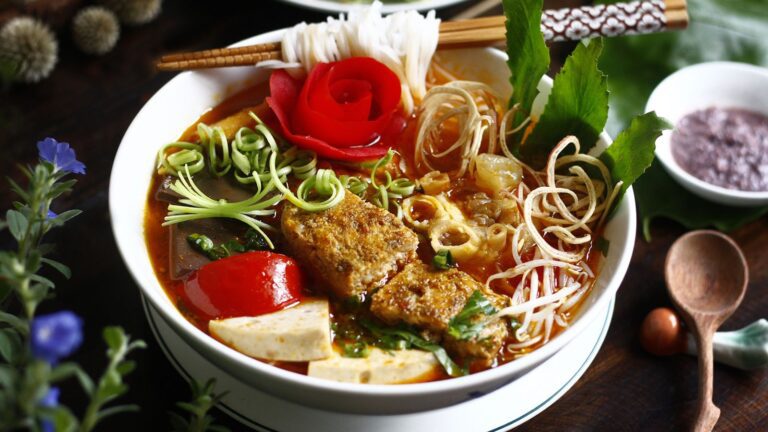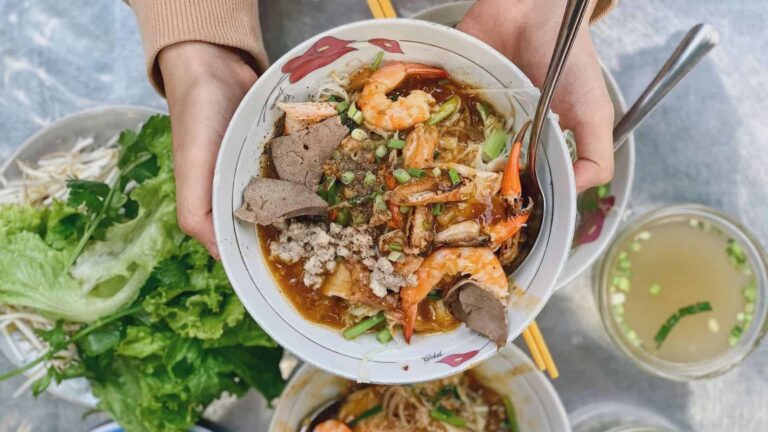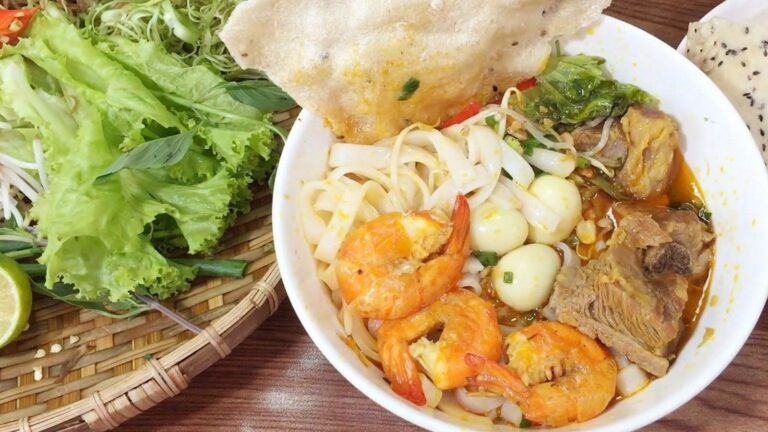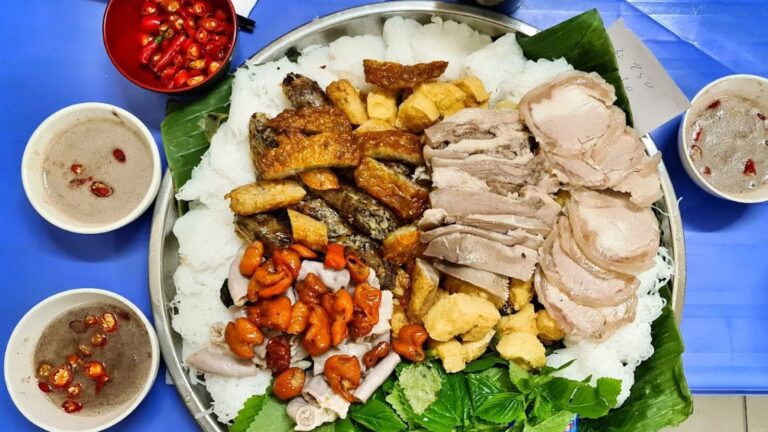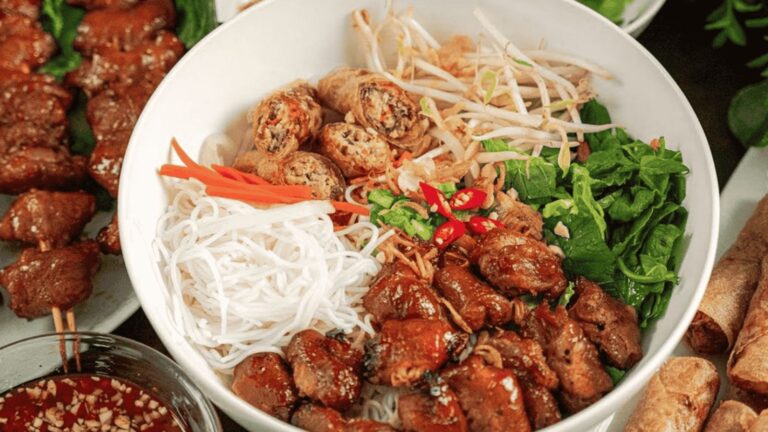Vietnam Trekking: A Guide to Unforgettable Adventures
 ngocdiem
ngocdiem Vietnam is a paradise for adventurers, offering some of the most stunning and diverse landscapes in Southeast Asia. Whether you’re an experienced trekker or a beginner looking to explore the country’s natural beauty, Vietnam trekking provides an unforgettable experience. From the misty peaks of Fansipan to the lush valleys of Ha Giang, Vietnam’s trails are filled with breathtaking views, unique wildlife, and rich cultural encounters. Get ready to embark on a journey that will challenge your limits, immerse you in local traditions, and connect you with nature in ways you never imagined.
1. Why Vietnam Is a Trekker’s Paradise
Vietnam is a hidden gem for trekkers, offering a wide range of landscapes and rich cultural experiences that make it an ideal destination for outdoor enthusiasts. Whether you’re an experienced trekker or a beginner, Vietnam has something unique to offer. The country’s diverse terrain, vibrant culture, and stunning wildlife make it a trekking paradise like no other.
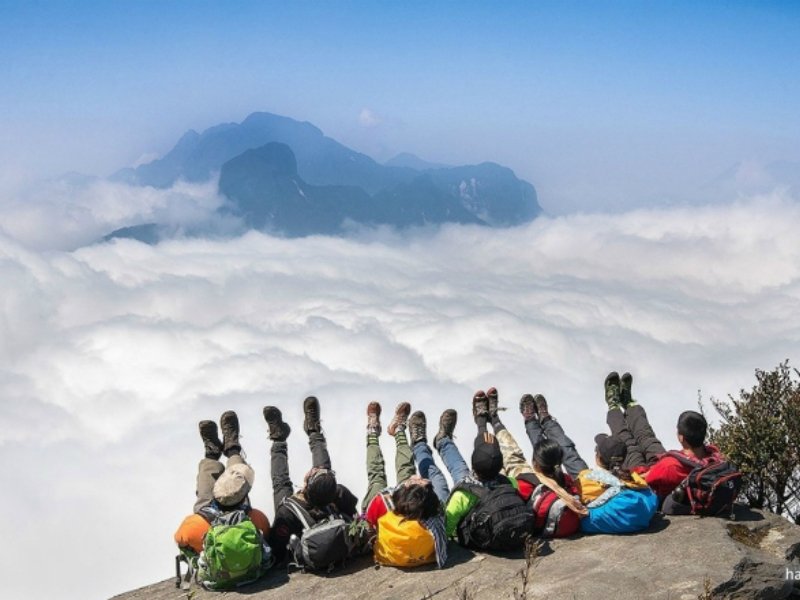
1.1. Diverse Terrain
One of the main reasons why Vietnam trekking is so popular is it’s incredibly varied landscape. From the dense jungles in the south to the towering peaks in the north, trekkers can explore an array of environments that are as diverse as they are breathtaking. Vietnam hiking trails lead you through lush forests, rugged mountains, and serene valleys, offering an unforgettable experience.
The northern region, home to the majestic Fansipan, the highest peak in Indochina, is especially popular among those seeking challenging treks and stunning views. Whether you’re trekking through the rich greenery of Pu Luong Nature Reserve or scaling the heights of Sapa, every step in Vietnam promises a new and awe-inspiring discovery.
💥 See more: Vietnam National Parks: Your Ultimate Eco-Tourism Adventure
1.2. Rich Culture
Another unique aspect of Vietnam trekking is the opportunity to experience the country’s rich cultural heritage. These villages, such as those in Sapa and Ha Giang, offer trekkers the chance to connect with local communities, learn about their traditions, and experience life as it has been for generations. This cultural immersion is a key part of what makes trekking in Vietnam so special and rewarding.
💥 See more: Ha Giang Loop motorbike rental
1.3. Unique Wildlife and Scenic Views
In addition to its stunning landscapes, Vietnam is also home to unique wildlife, making it an ideal destination for nature lovers. During your trek, you may have the chance to spot rare animals such as the Indochinese tiger, Asian elephants, and various species of birds.
Along the way, trekkers are treated to panoramic views of pristine valleys, mist-covered mountains, and crystal-clear rivers. The best treks in Vietnam offer some of the most scenic and peaceful natural environments, making them perfect for those looking to escape the hustle and bustle of modern life.
💥 See more: Planning Your Vietnam Adventure based on guide to Travel Safety in Vietnam
2. Top Destinations for Vietnam Trekking
Vietnam offers a variety of trekking destinations, each with its own unique charm and breathtaking scenery. Whether you’re drawn to towering mountains, lush forests, or scenic coastlines, Vietnam trekking provides diverse experiences for all types of adventurers. Let’s explore some of the top destinations that are sure to capture the hearts of Vietnam hiking enthusiasts.
2.1. Sapa and Fansipan: The Roof of Indochina
When it comes to trekking in Vietnam, Sapa is undoubtedly one of the most famous spots, renowned for its breathtaking landscapes and rich cultural heritage. Nestled in the northern mountains, Sapa is home to the towering Fansipan, the highest peak in Vietnam and Indochina. Hiking to the summit of Fansipan is a challenge, but the reward is worth every step.
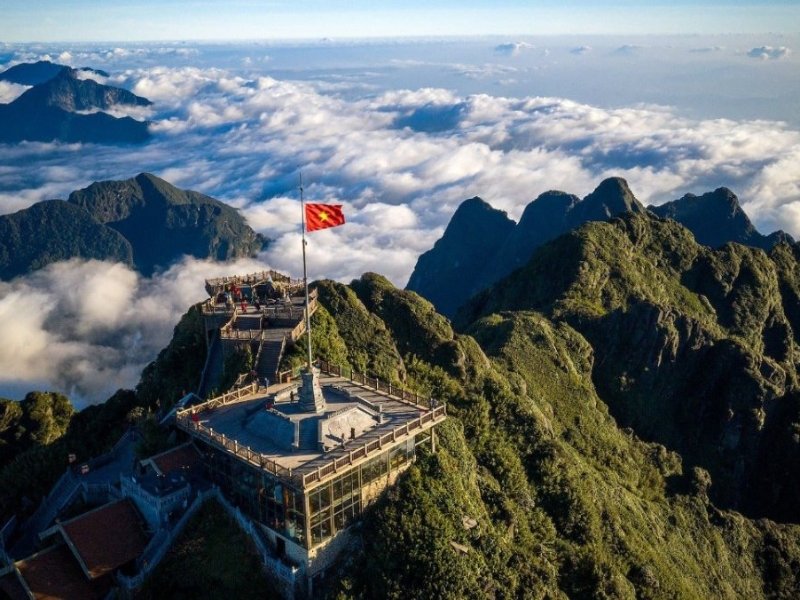

The panoramic views of lush valleys, terraced rice fields, and distant peaks will leave you speechless. Aside from Fansipan, Sapa offers various trekking routes through ethnic minority villages, allowing you to experience the area’s unique culture and lifestyle.
💥 See more: Explore Vietnam’s Natural Wonders: Enchanting Landscapes
2.2. Ha Giang Loop: Untamed Northern Beauty
For those seeking a more off-the-beaten-path adventure, the Ha Giang Loop offers an incredible trekking experience. Located in the far north of Vietnam, Ha Giang is known for its rugged mountains, deep valleys, and winding roads. This destination is perfect for adventurers looking to explore remote, untouched landscapes. Trekking through Ha Giang gives you the opportunity to discover dramatic scenery, including jagged limestone cliffs, vibrant terraced fields, and winding rivers.
Along the way, you’ll encounter local ethnic groups and experience the authentic, rural life of northern Vietnam. Ha Giang Loop is truly one of the best treks in Vietnam for those seeking a thrilling and picturesque hiking experience.
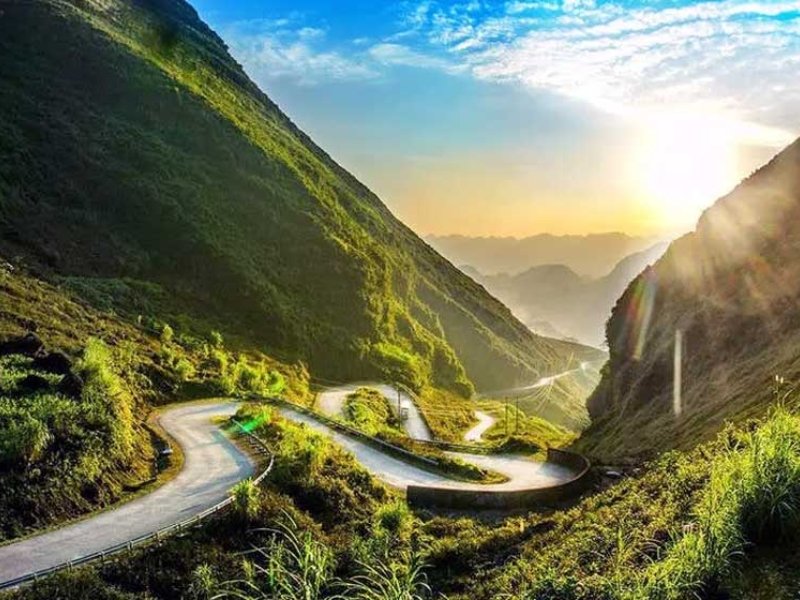

2.3. Pu Luong Nature Reserve: A Hidden Gem for Nature Lovers
If you’re looking for a peaceful and scenic trekking destination, Pu Luong Nature Reserve is the place to be. Situated in the Thanh Hoa province, this hidden gem is known for its lush landscapes, diverse wildlife, and tranquil atmosphere. The Pu Luong trek offers a perfect balance of adventure and relaxation, as you hike through bamboo forests, terraced rice fields, and pristine rivers.
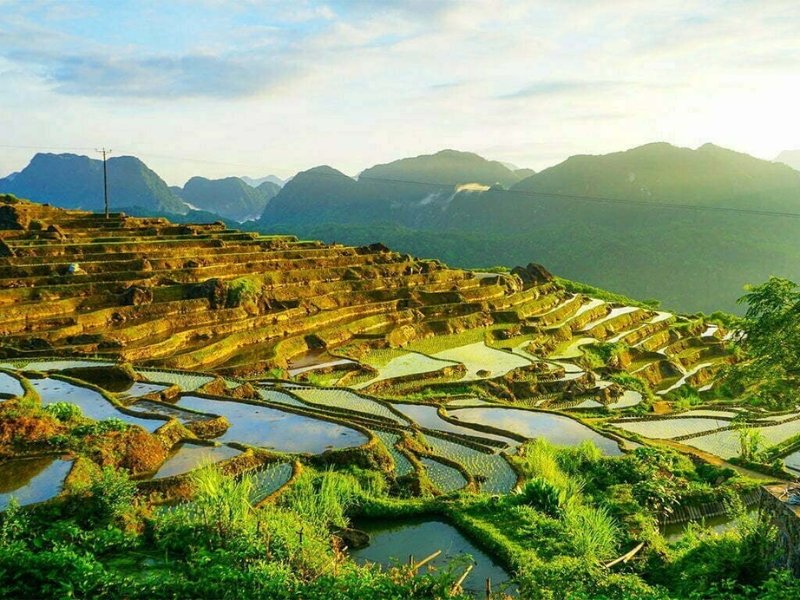

Along the way, you’ll have the chance to spot local wildlife such as monkeys, birds, and other rare species. The area is also home to several ethnic minority groups, providing trekkers with a unique opportunity to learn about local cultures and traditions.
2.4. Cat Ba National Park: Coastal and Jungle Exploration
For those seeking a combination of coastal and jungle trekking, Cat Ba National Park is an outstanding choice. Located on Cat Ba Island in the north of Vietnam, this national park offers a perfect mix of tropical forests, sandy beaches, and dramatic cliffs overlooking the ocean. The park is home to a variety of wildlife, including the endangered Cat Ba langur, and offers diverse trekking routes for all levels.
Whether you’re hiking through dense jungle trails or climbing up to viewpoints with stunning vistas of the Gulf of Tonkin, Cat Ba National Park provides an exciting and scenic experience for any Vietnam hiking enthusiast. The park is also close to Halong Bay, offering the perfect opportunity to explore both natural landscapes and coastal beauty in one trip.
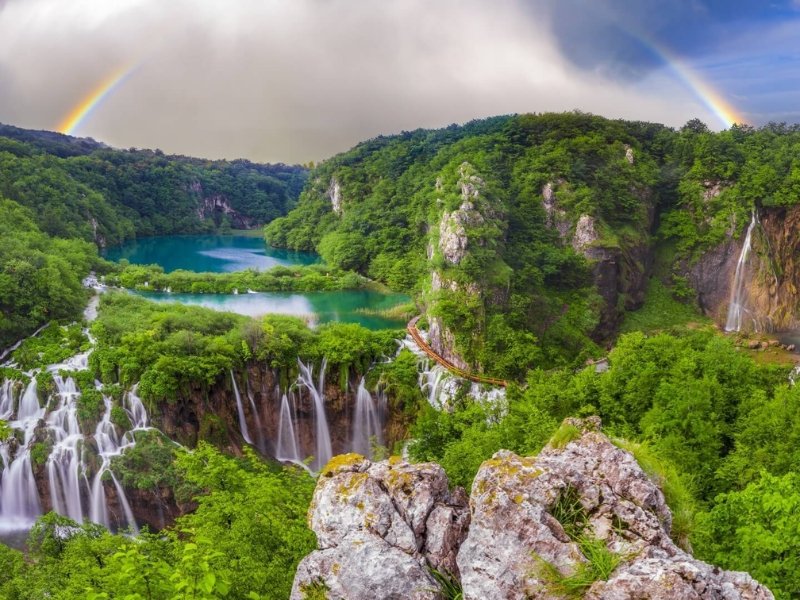

💥 See more: Cat Ba Island: Discover Vietnam’s Enchanting Karst Wonderland
3. Types of Vietnam Hiking Trails
Let’s take a closer look at the types of Vietnam hiking trails you can enjoy.
3.1. Short-Day Hikes for Beginners
If you’re new to trekking or simply looking for a relaxed hiking experience, short-day hikes in Vietnam offer a great way to explore the country’s natural beauty without committing to a long trek. These hikes typically last a few hours and are perfect for beginners, families, or those with limited time.
3.2. Multi-Day Treks for the Adventurous
For trekkers looking for more of a challenge, multi-day treks offer the opportunity to explore deeper into Vietnam’s wilderness. These treks take you off the beaten path and allow you to experience the full range of Vietnam’s landscapes, from misty mountains to remote villages.
One of the most popular multi-day treks is the hike up Fansipan, where you can summit the highest peak in Indochina after a few days of challenging but rewarding trekking. The Ha Giang Loop is another amazing multi-day adventure, where you can traverse remote valleys, pass through local villages, and camp under the stars.
3.3. Cultural Treks through Ethnic Villages
One of the highlights of Vietnam hiking is the opportunity to embark on cultural treks through traditional ethnic villages. These treks offer a unique chance to interact with local communities and learn about their ancient customs and way of life. In areas like Sapa, Ha Giang, and Pu Luong, you’ll pass through villages where indigenous groups such as the H’mong, Tay, and Thai still maintain their unique traditions, farming methods, and clothing.
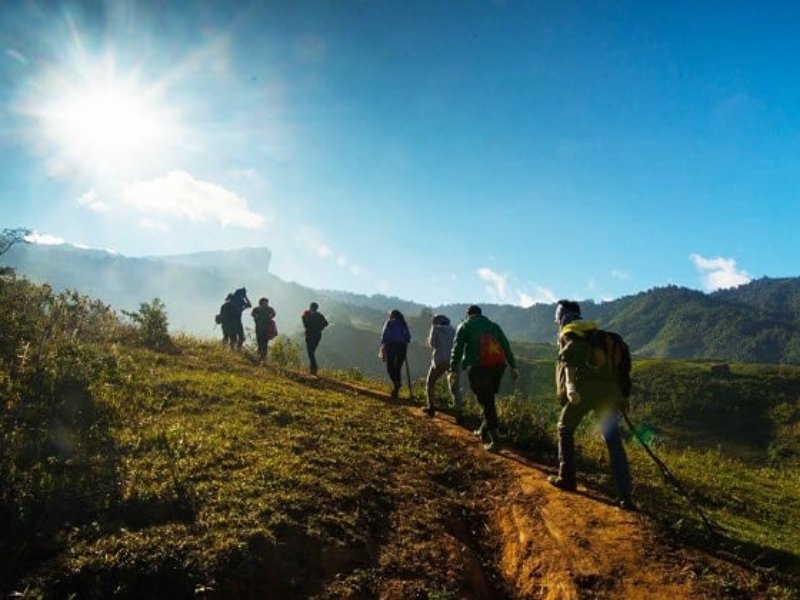

4. When to Experience the Best Treks in Vietnam
Vietnam’s diverse geography and climate mean that the best time for Vietnam trekking can vary depending on the region you plan to explore. Understanding the ideal seasons for different areas will help you make the most of your trekking experience.
- 🌷 Northern Vietnam (Sapa, Fansipan, Ha Giang): The best time for trekking in northern Vietnam is from September to November and March to May. These months offer mild weather, clear skies, and the beautiful sight of rice terraces. Winter (December to February) can be quite cold, and the summer months (June to August) may bring heavy rain.
- 🌷 Central Vietnam (Hue, Da Nang, Phong Nha): The ideal trekking season is from February to August, with the weather being warm and dry. Avoid the rainy season (September to January), which can make trails muddy and difficult to navigate.
- 🌷 Southern Vietnam (Cat Ba, Mekong Delta): The best time for trekking in southern Vietnam is from December to April, during the dry season. The rest of the year can be quite hot and humid, with the potential for rainfall in the rainy season (May to November).
🌟 For more information somewhere in Vietnam and the latest updates, contact us via WhatsApp or visit the Sun Getaways Travel Fanpage. Or follow these posts to get the details if you want to:
5. How to Prepare for Your Vietnam Trekking Adventure
Proper preparation is key to ensuring a safe, comfortable, and enjoyable trekking experience in Vietnam. Here’s how you can get ready for your Vietnam hiking adventure.
5.1. Fitness Tips and Conditioning
- 🌷 Start Training Early: Begin your fitness regimen a few weeks before your trek. Focus on building endurance with cardio exercises such as walking, jogging, or cycling.
- 🌷 Strength Training: Incorporate strength exercises, especially for your legs and core, to prepare for the uphill climbs and rugged terrain of Vietnam trekking.
- 🌷 Practice with a Backpack: Carry a backpack while hiking to simulate the weight you’ll carry during your trek. Start with lighter loads and gradually increase the weight.
- 🌷 Stretching and Flexibility: Incorporate stretching exercises into your routine to improve flexibility and prevent injuries during your trek.
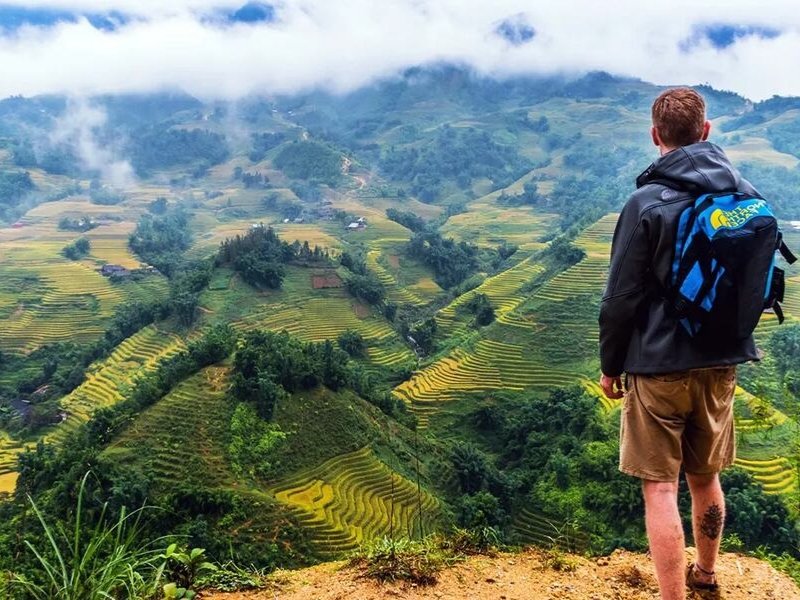

Exploring solo? Our ultimate guide to staying safe and healthy in Vietnam is your essential companion.
5.2. Permits and Permissions You Need to Know
- 🌷 Local Permits: Certain regions of Vietnam, particularly remote areas like Ha Giang or Sapa, may require permits for trekking. Check with local authorities or tour operators to ensure you have the necessary paperwork.
- 🌷 Guide Requirements: In some areas, hiring a local guide is mandatory. Even in regions where it’s not required, it’s strongly recommended for safety and cultural immersion.
- 🌷 Special Access Areas: Some national parks or protected areas (such as Pu Luong Nature Reserve) may require additional permits or permissions, especially for overnight treks. Be sure to inquire well in advance.
5.3. Packing List Essentials
- 🌷 Footwear: High-quality, sturdy hiking boots that are comfortable for long treks and suitable for rough terrain.
- 🌷 Clothing: Lightweight, moisture-wicking clothing for layering. A waterproof jacket or poncho is essential for sudden weather changes.
- 🌷 Backpack: A small to medium-sized backpack to carry your essentials. Look for one with proper support and breathable straps.
- 🌷 Hydration and Snacks: A water bottle or hydration system, plus lightweight snacks like nuts, energy bars, or dried fruit.
- 🌷 Personal Items: Sunscreen, a hat, sunglasses, a flashlight or headlamp, and a first aid kit with bandages, pain relievers, and any personal medications.
- 🌷 Camera and Binoculars: To capture the beautiful scenery and wildlife you encounter during your trek.
Don’t miss out on the adventure of a lifetime! Partner with Sun Getaways Travel for the best trekking experiences in Vietnam. Our expert local guides will ensure you have a safe, insightful, and unforgettable journey, whether you’re hiking to Fansipan, exploring Pu Luong, or discovering the wonders of Ha Giang. Book your guided tour now and start your Vietnam trekking adventure with us today!
Ask a question
Leave a Comment (0)
No questions yet. Be the first to ask a question!


